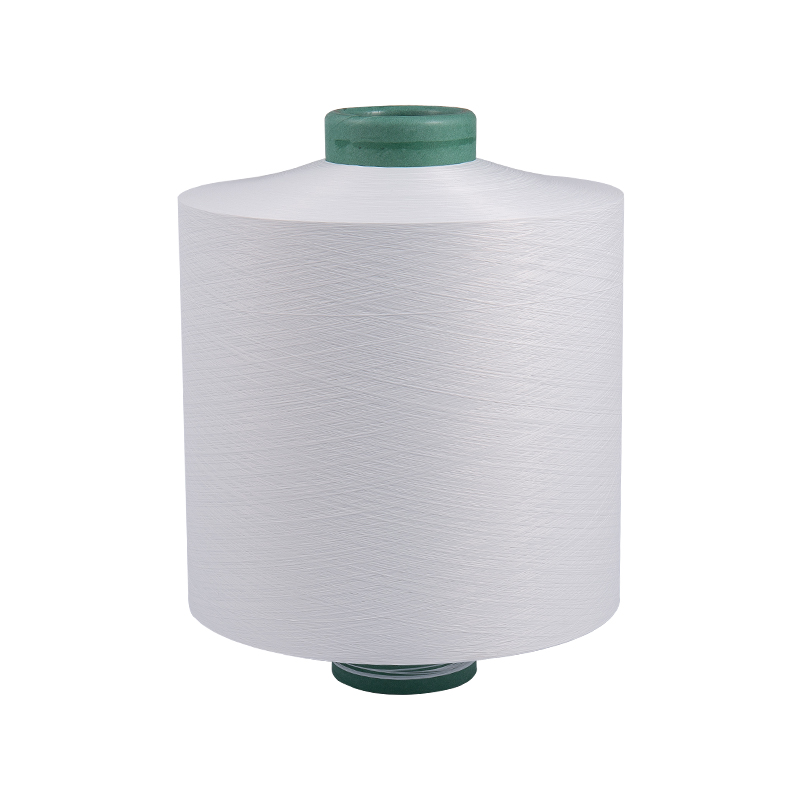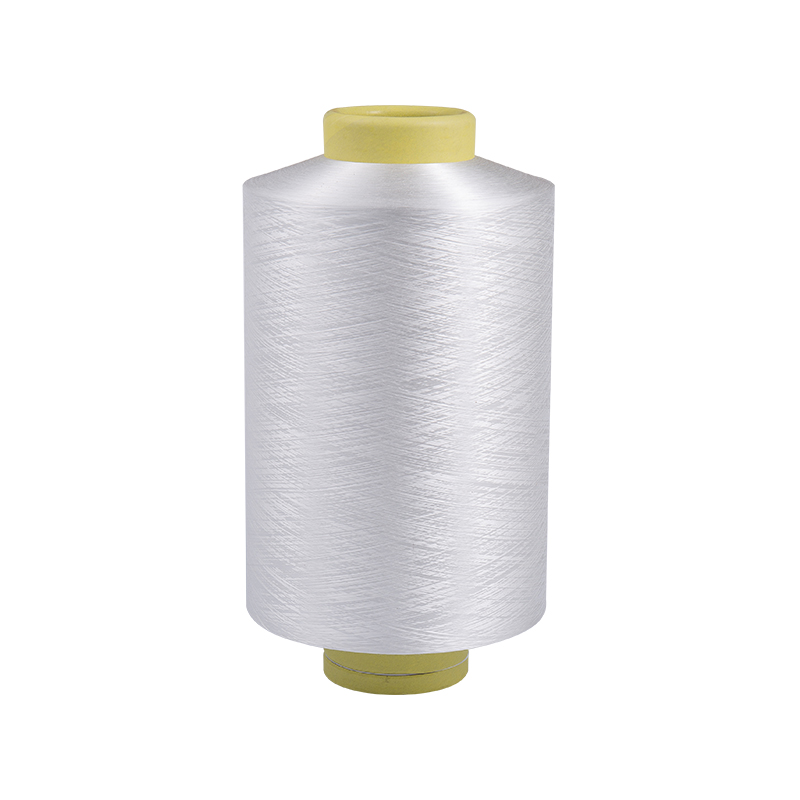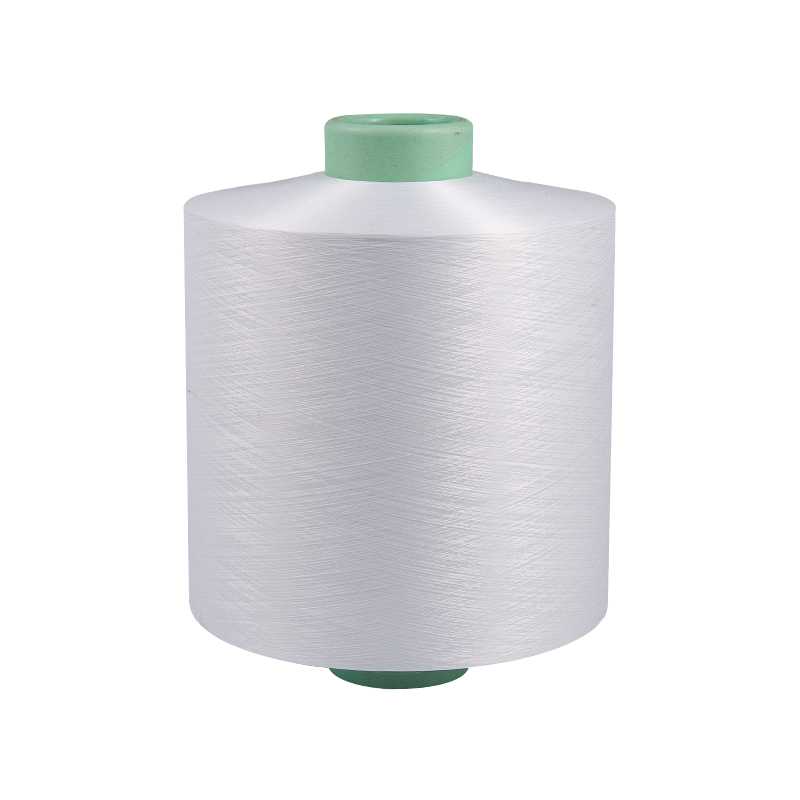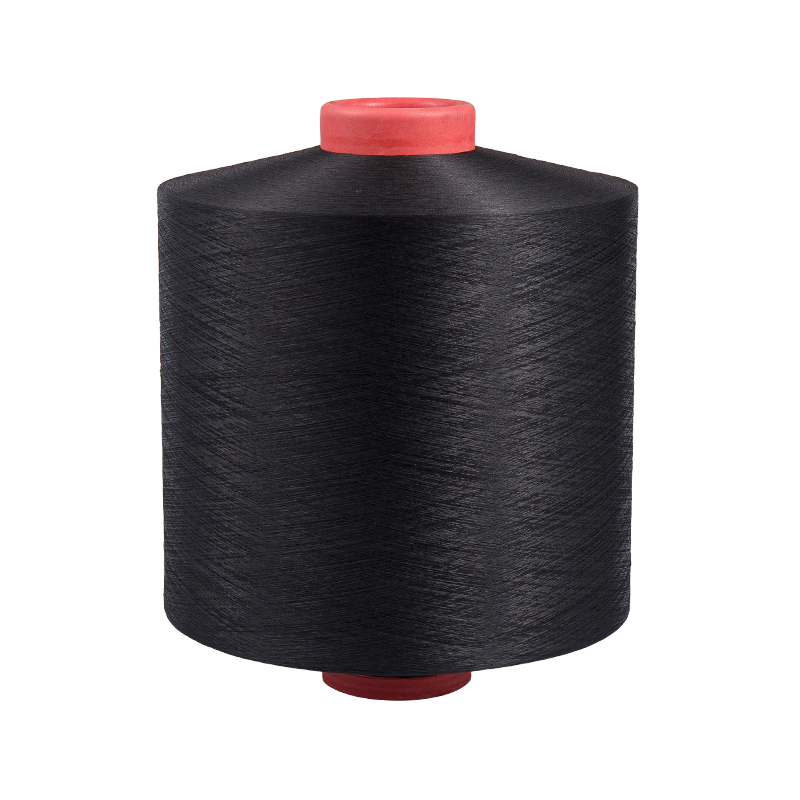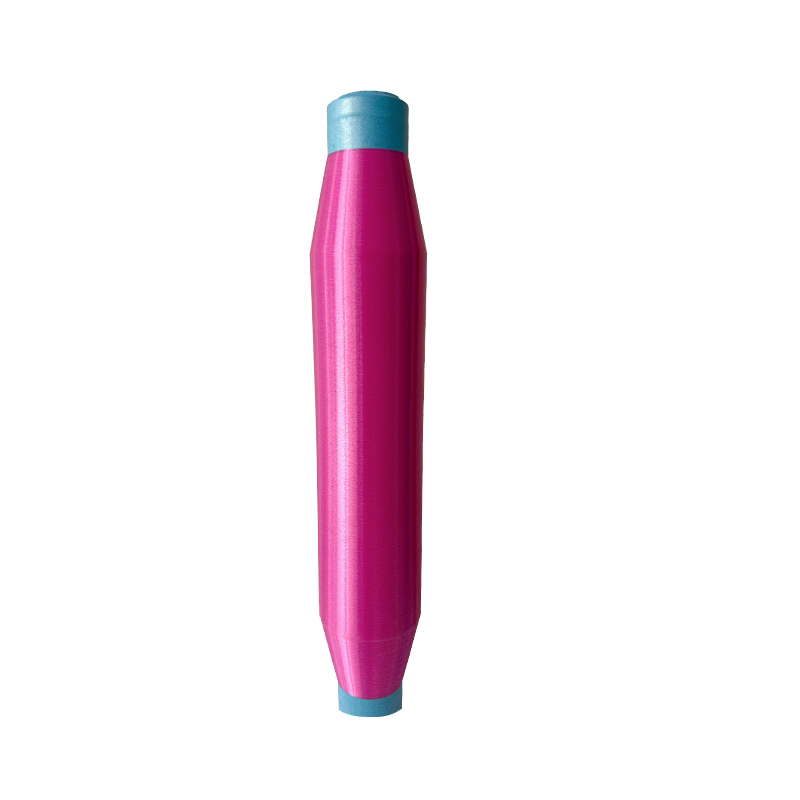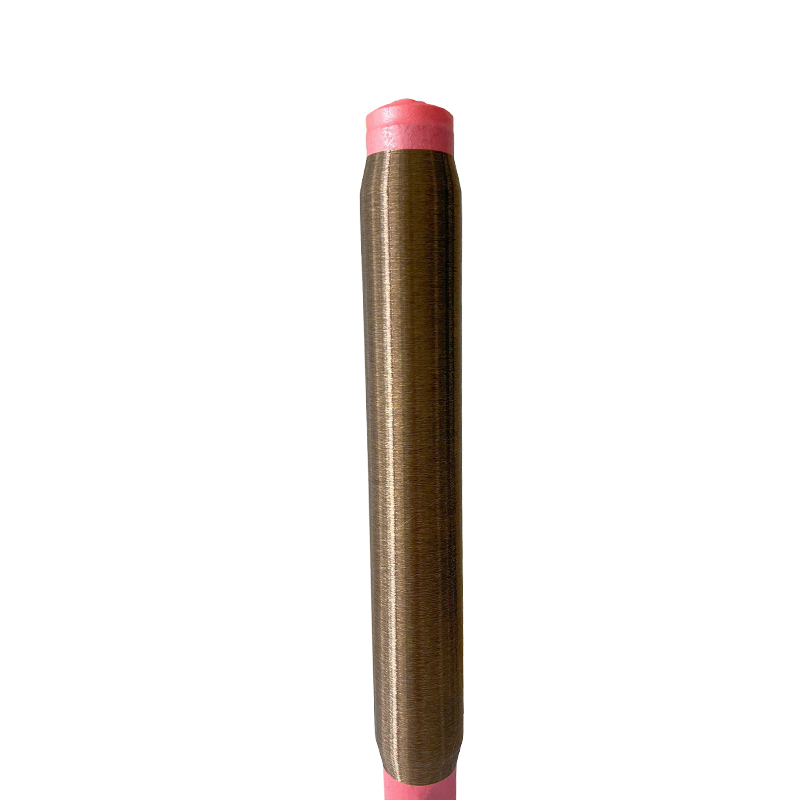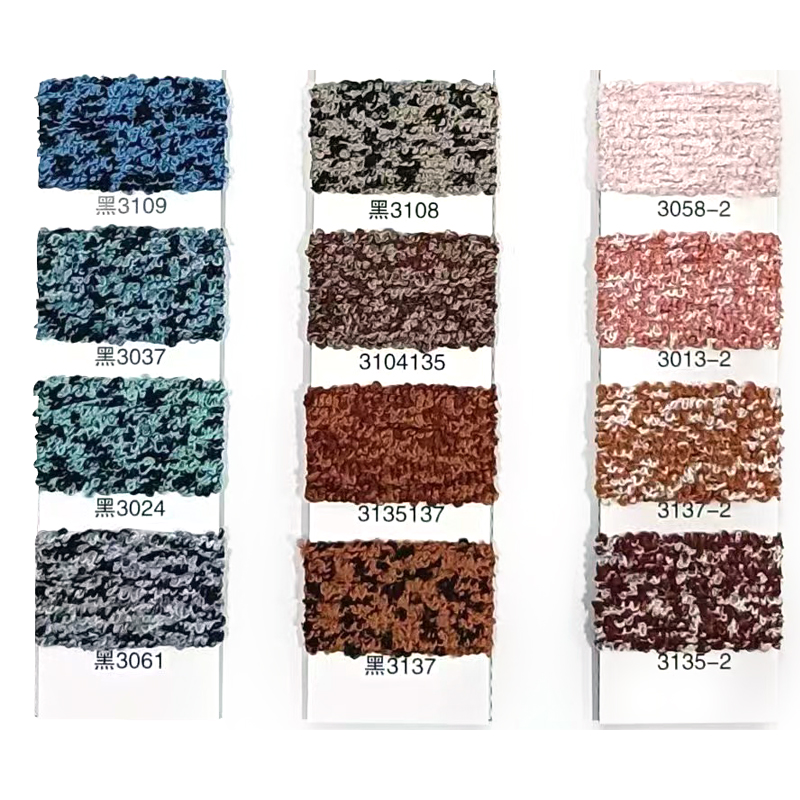What are the pros and cons of bright polyester monofilament?
2025-07-11
Bright Polyester Monofilament is a single continuous fiber made from polyester, characterized by its smooth, glossy appearance and high tensile strength. It’s widely used in applications such as industrial fabrics, filtration, sewing threads, fishing lines, and textiles where brightness, durability, and stiffness are valued. Like any material, it has its strengths and drawbacks.
Pros of Bright Polyester Monofilament
1. High Tensile Strength
Bright polyester monofilament offers excellent resistance to breaking under tension, making it ideal for applications that require durability and load-bearing capacity.
2. Glossy Appearance
Its bright, shiny finish enhances the aesthetic appeal of fabrics and products, especially in decorative or visible applications.
3. Low Moisture Absorption
Polyester monofilament absorbs very little moisture, making it ideal for humid or wet environments, and resistant to mildew or mold.
4. Good Dimensional Stability
It maintains shape and structure under stress or temperature fluctuations, which is critical for precision-based uses like filters or technical fabrics.
5. Abrasion and Chemical Resistance
It performs well against wear and tear and resists many chemicals, making it suitable for harsh industrial or outdoor conditions.
6. UV Resistance (with additives)
When treated with UV stabilizers, it can withstand prolonged sun exposure, which is valuable for outdoor fabrics or nets.
7. Easy to Clean
Its smooth surface repels dirt and makes it easy to wash or wipe down — useful in applications like screen printing meshes or food-grade filters.
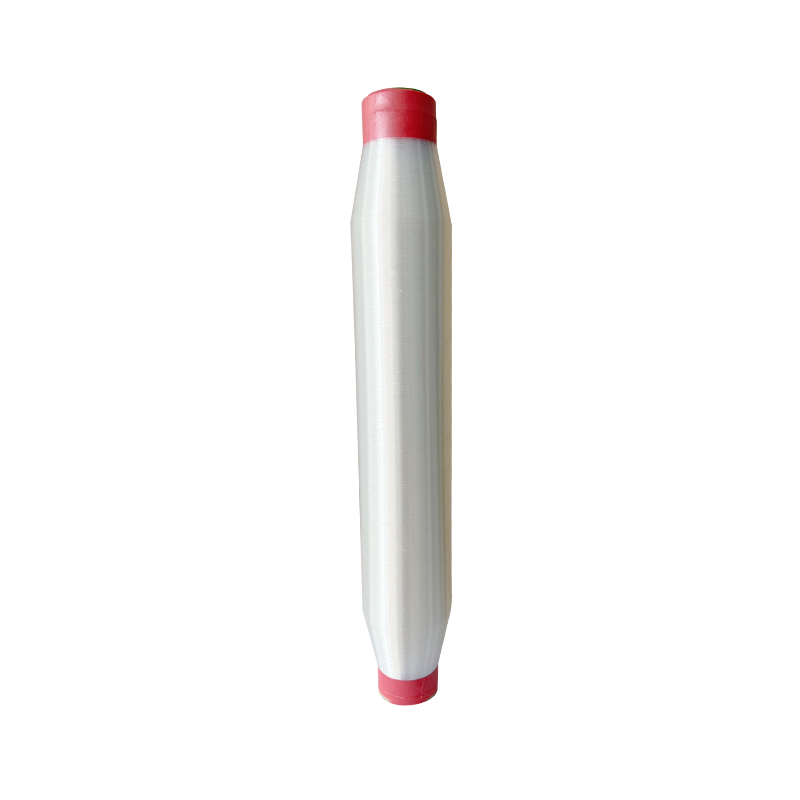
Cons of Bright Polyester Monofilament
1. Stiffness and Lack of Drape
Being a monofilament (as opposed to multifilament), it lacks flexibility and softness. This stiffness can make it uncomfortable in direct skin contact or less suitable for flowing textiles.
2. Lower Dye Affinity
Polyester is hydrophobic, and bright monofilament types may be difficult to dye evenly or require special processes for color adherence.
3. Limited Breathability
The tight structure of monofilament reduces airflow, which may not be ideal for applications requiring ventilation, like wearable textiles.
4. Heat Sensitivity
While it tolerates moderate heat, it can deform or melt at high temperatures (~250°C), so it may not be suitable for high-heat environments.
5. Environmental Concerns
As a synthetic plastic, polyester monofilament is not biodegradable and contributes to microplastic pollution if not properly managed or recycled.
6. Noise and Texture
When used in fabrics or technical applications, its rigidity can produce a crinkly or noisy texture, which may be undesirable in certain consumer products.
Summary Table
| Pros | Cons |
| High tensile strength | Rigid and lacks softness |
| Glossy, attractive appearance | Harder to dye uniformly |
| Moisture-resistant | Limited breathability |
| Chemically and abrasion-resistant | Can deform under high heat |
| Durable and UV-resistant (when treated) | Non-biodegradable and contributes to plastic waste |
| Easy to clean and maintain | Noisy or crinkly texture in textiles |
Conclusion
Bright polyester monofilament is a functional, attractive, and durable material best suited for technical or industrial applications that prioritize strength, shine, and resilience. However, its rigidity, environmental impact, and lack of softness limit its suitability for consumer apparel or eco-conscious products. When chosen for the right use case, it offers excellent performance and long-lasting value.




 English
English 中文简体
中文简体 Español
Español عربى
عربى

